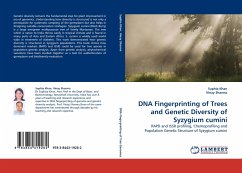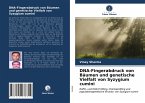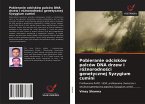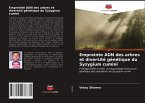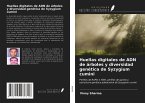Genetic diversity remains the fundamental step for plant improvement in era of genomics. Understanding how diversity is structured is not only a prerequisite for systematic sampling of the germplasm but also helps in designing suitable conservation strategies. Syzygium cumini (Black Berry) is a large evergreen multipurpose tree of family Myrtaceae. The tree which is native to India thrives easily in tropical climate and is found in many parts of Asia and Eastern Africa. S. cumini is widely used world wide in treatment of diabetes. This work demonstrated how genetic diversity is structured in Syzygium populations. This book shows how dominant markers (RAPD and ISSR) could be used for tree species in population genetic analysis. Apart from genetic analysis, phytochemical variations have been studied together as a tool for authentication of germplasm and biodiversity evaluation.
Bitte wählen Sie Ihr Anliegen aus.
Rechnungen
Retourenschein anfordern
Bestellstatus
Storno

